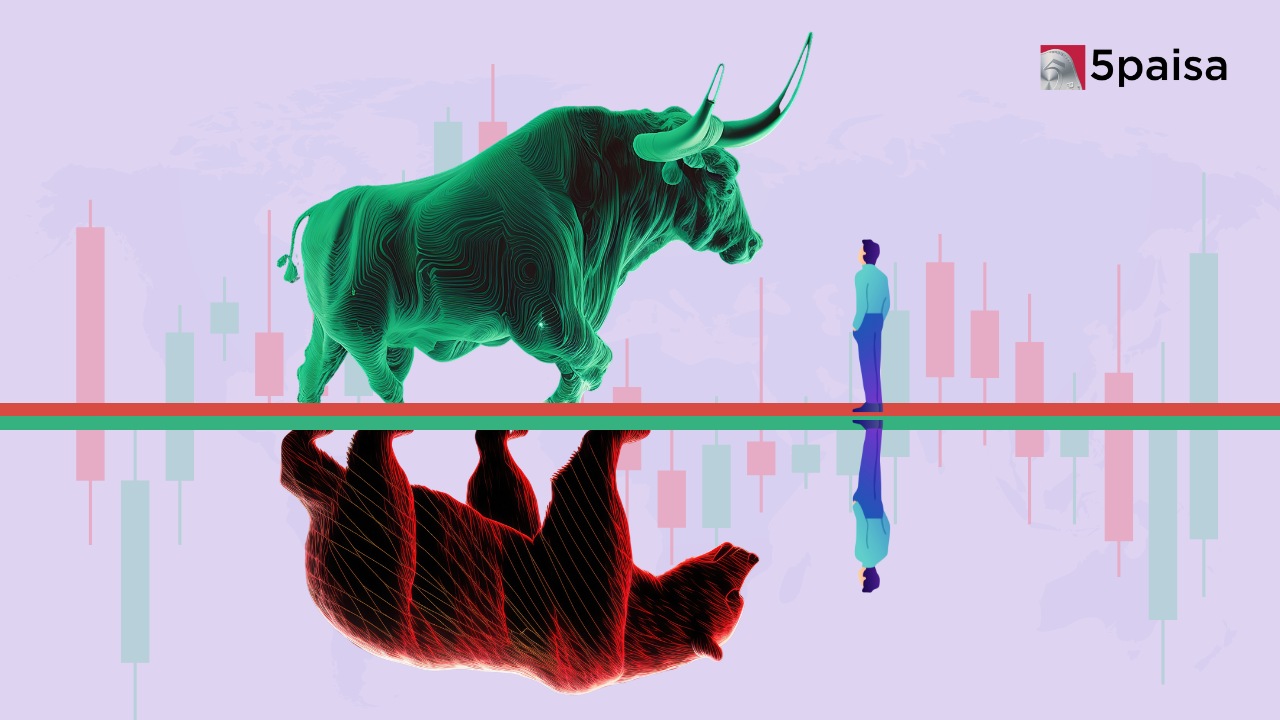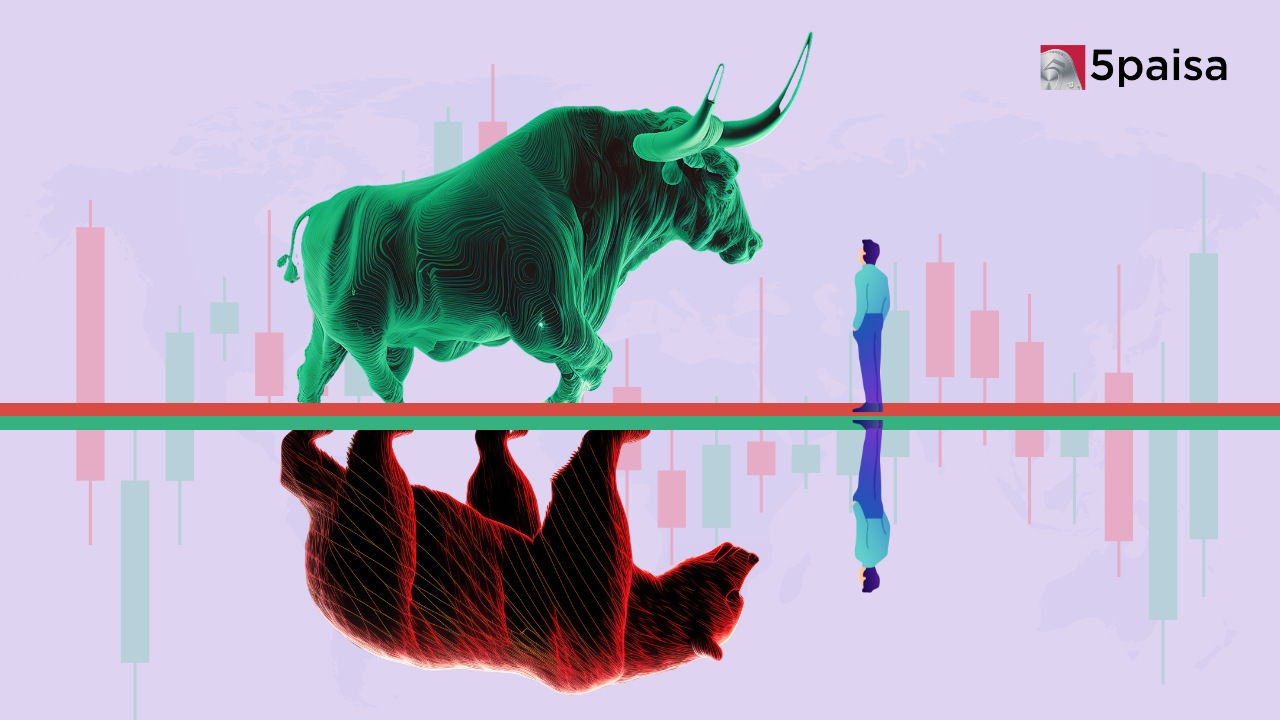Large FII Outflows in FY22

Last Updated: 13th March 2023 - 04:06 pm
The Indian market has seen large Foreign Portfolio Investors (FPI) outflows in the past few months. Their net selloff in these six months has shot past Rs 2 lakh crore and reached Rs 2,06,649 crore since last October. In February 2022, the outflow was the highest since March 2020 when the COVID pandemic hit the Indian shores.
The FIIs have net sold more than Rs 2.5 lakh crore worth of shares in the current financial year ending this month. The beginning of selling was started in October when the market touched its record high. High valuations triggered by a market running ahead of fundamentals, and rising expectations of rate hikes in the US to fight record inflation of 7.5 percent, stoked the unabated FII outflow.
The outflows have increased in 1QCY22 after large inflows were seen in the primary market but large outflows were observed in the secondary market in 4QCY21. The market has been largely flat over the past 6-7 months amid aggressive selling by FPIs. Domestic inflows have ‘absorbed’ foreign outflows. However, the deeper issue is the different expectations of the two broad sets of investors, which could explain their widely different actions (selling by FPIs, buying by retail investors).
An increasing margin pressure was seen in corporate earnings because of the increase in commodity prices in the global markets, followed by the outbreak of the Ukraine-Russia war and a resultant hike in crude oil prices and most other commodities including metals added fuel to the fire.
Therefore, Foreign Portfolio Investors expect low returns from the market and are acting on their negative ‘expectations’ by selling aggressively. Their expectation of low returns is because of the expensive valuations of the Indian market relative to history, bond yields, and other major markets and the rich valuations of ‘growth’ stocks. Also, earnings may see limited upgrades as the positive impact of higher commodity prices on earnings of commodity sectors may be offset by the negative impact of higher input prices on earnings of consumption sectors. Nevertheless, FPIs have decent ownership of Indian stocks and their future action in terms of buying and selling will be largely determined by return expectations, linked to valuations of the market and stocks (price-value proposition).
Since the beginning of the Covid-19 Pandemic, the Indian market has experienced large DII inflows. The large investment by DIIs simply reflects robust inflows into domestic Mutual funds, which in turn, are led by new investors and an increase in SIP flows. Indian markets have also seen a sharp movement in ‘active’ retail investors, along with greater involvement of retail investors in equity markets over the pandemic.
Retail investors expect high returns from the market and are having ‘positive’ sentiment, therefore, investing aggressively directly and through Mutual Funds. The expectations of retail investors are higher because of the past returns of the market. They are looking at the same earnings and valuations as FPIs. The market has been largely flat over the past 6-7 months but retail investors have continued to invest aggressively.
- Performance Analysis
- Nifty Predictions
- Market Trends
- Insights on Market
Trending on 5paisa
Market Outlook Related Articles
Disclaimer: Investment in securities market are subject to market risks, read all the related documents carefully before investing. For detailed disclaimer please Click here.
 5paisa Research Team
5paisa Research Team
 Sachin Gupta
Sachin Gupta




